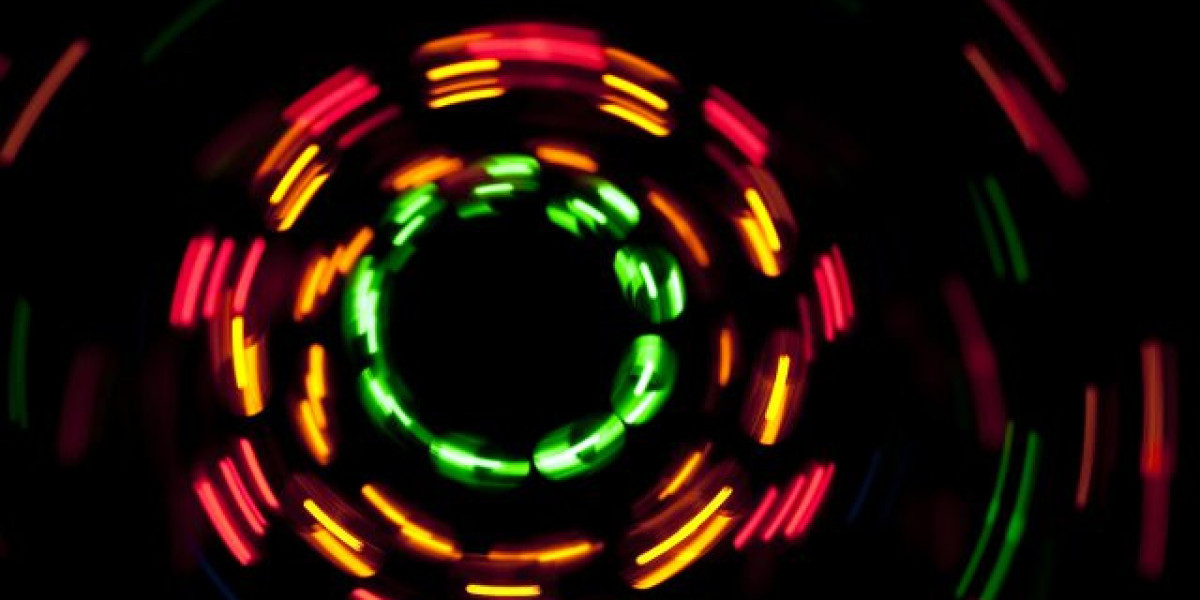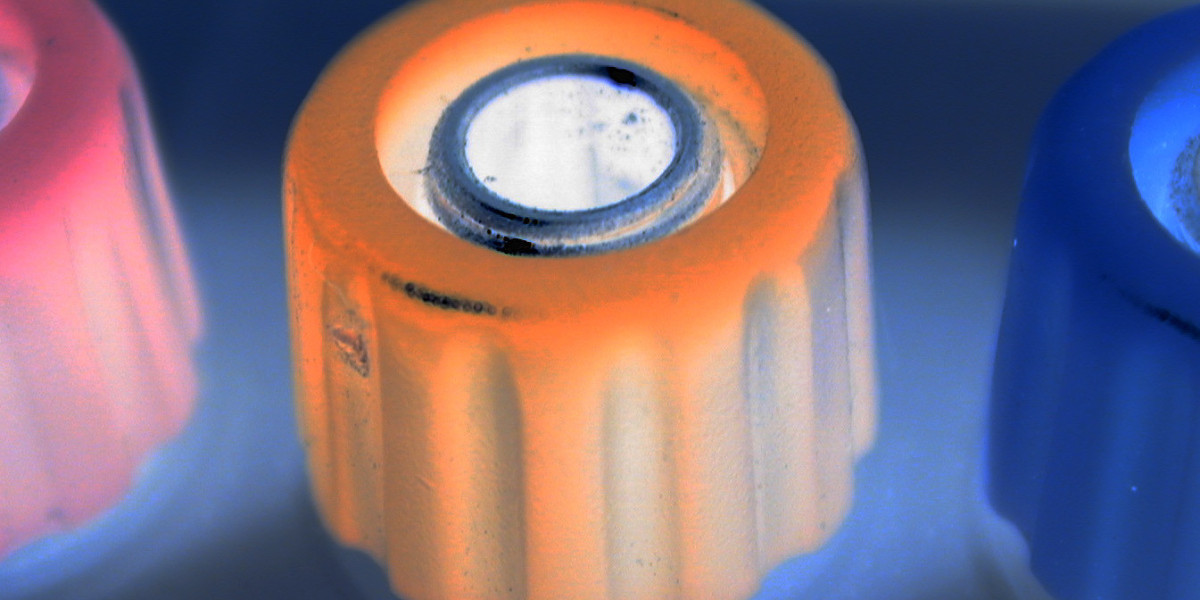The Night Driving Assist market is gaining momentum as automotive manufacturers and technology providers focus on enhancing vehicle safety during low-light conditions. Night driving assist systems, designed to improve visibility and detect potential hazards in darkness, are increasingly integrated into modern vehicles, contributing to reduced road accidents and improved driver confidence.
Growing awareness about road safety and rising demand for advanced driver assistance systems (ADAS) are driving the adoption of night driving assist technologies. These systems combine infrared cameras, sensors, and real-time alerts to assist drivers during night-time driving, creating safer travel experiences.
Get Sample Report of Night Driving Assist Market @ https://marketintelo.com/request-sample/83565
Market Overview
The global night driving assist market was valued at USD 3.8 billion in 2023 and is projected to reach USD 9.6 billion by 2033, growing at a CAGR of 9.5% during the forecast period. North America currently dominates the market due to high adoption of advanced safety features and stringent vehicle safety regulations. Europe and Asia-Pacific are experiencing rapid growth, driven by increased vehicle production and rising road safety initiatives.
Get Sample Report of Night Driving Assist Market @ https://marketintelo.com/request-sample/83565
Key Market Drivers
Rising Adoption of Advanced Driver Assistance Systems
Night driving assist systems are often integrated as part of broader ADAS suites, including lane departure warning, automatic emergency braking, and adaptive cruise control. The increasing consumer preference for vehicles equipped with ADAS is fueling market growth.
Technological Advancements in Vehicle Safety
Recent innovations in infrared imaging, thermal sensors, and AI-based hazard detection have significantly improved the effectiveness of night driving assist systems. These technological enhancements provide real-time alerts, detecting pedestrians, animals, and other obstacles even in complete darkness.
Government Safety Regulations
Governments worldwide are implementing stringent regulations to enhance vehicle safety standards. Mandates for incorporating advanced safety features, including night driving assist in commercial and passenger vehicles, are supporting market expansion.
Market Segmentation
By Vehicle Type
The market is segmented into passenger cars, commercial vehicles, and luxury vehicles. Passenger cars dominate due to high demand in urban regions, while luxury vehicles witness rapid adoption driven by consumer preference for premium safety features. Commercial vehicles are also increasingly equipped with night driving assist systems to reduce accidents during night-time operations.
By Technology Type
The market includes infrared-based, thermal imaging, and image processing systems. Infrared-based systems hold the largest share due to cost-effectiveness and wide applicability, whereas thermal imaging systems are gaining traction in premium and high-performance vehicle segments.
Read Full Research Study: https://marketintelo.com/report/night-driving-assist-market
Regional Insights
North America leads the global night driving assist market, primarily due to advanced automotive infrastructure and strong consumer awareness. The United States remains the largest contributor, followed by Canada. Europe is the second-largest market, with Germany, the UK, and France driving adoption. Asia-Pacific is expected to witness the highest CAGR, supported by increasing automotive production, rapid urbanization, and growing road safety initiatives in countries like China, Japan, and India.
Competitive Landscape
Prominent players in the night driving assist market include Bosch, Continental AG, Denso Corporation, Hyundai Mobis, and Valeo. These companies focus on continuous innovation, strategic partnerships, and expansion into emerging markets to strengthen their market presence and meet growing global demand.
Market Challenges
Despite strong growth, the market faces challenges such as high system costs, integration complexities, and the need for skilled technicians for installation and maintenance. Additionally, variability in road infrastructure and regulatory standards across regions can impact adoption rates, particularly in developing markets.
Future Outlook
The night driving assist market is poised for substantial growth, driven by technological advancements, rising consumer safety awareness, and regulatory mandates. Integration with AI, vehicle-to-everything (V2X) communication, and autonomous driving systems will further enhance the capabilities of night driving assist technologies, making night-time driving safer and more reliable.
In conclusion, the global night driving assist market presents significant opportunities for manufacturers, automotive OEMs, and technology providers. With a projected CAGR of 9.5% and growing adoption across North America, Europe, and Asia-Pacific, the market is expected to expand rapidly through 2033.
Related Report







